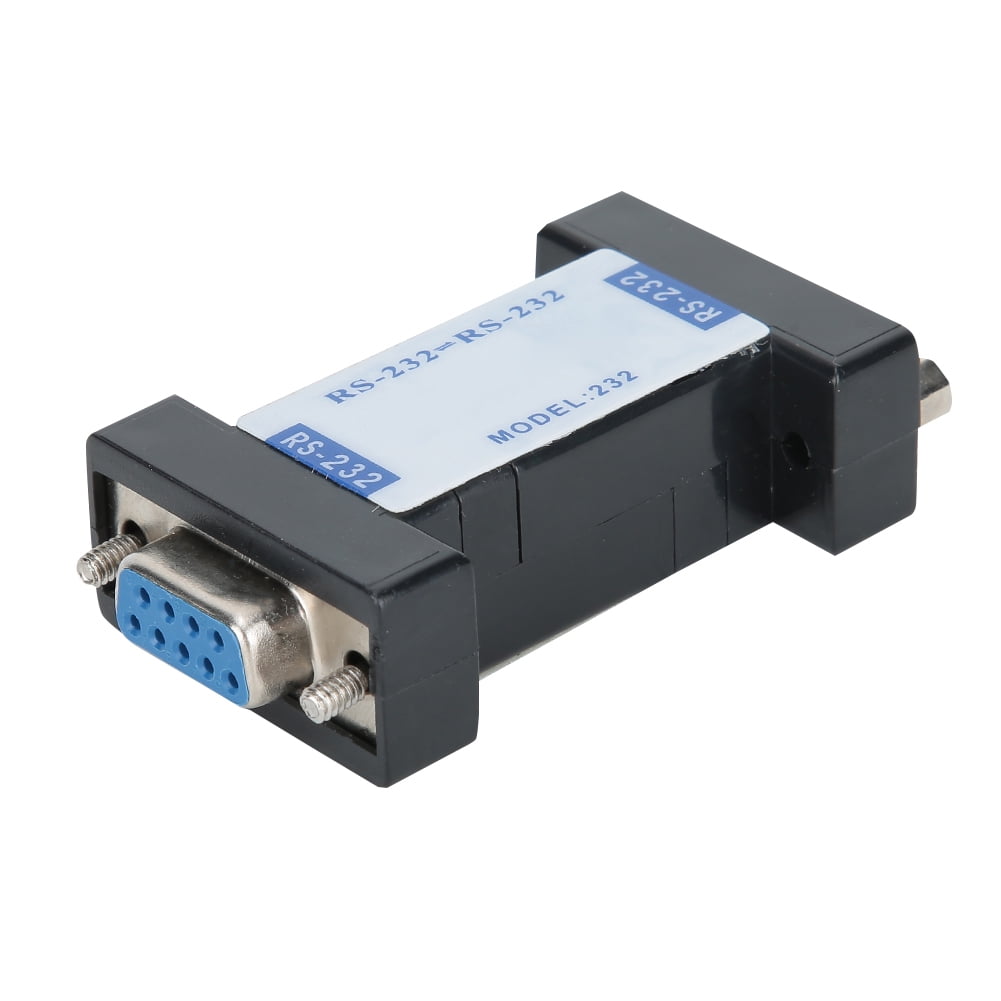
In general, the fewer the cavity modes the Fabry-Perot lasers have, the more important it is to have an isolator in the system. In some cases, even Fabry-Perot lasers need isolation from the system to improve power stability. The effect of frequency fluctuations on power stability is shown by a laser cavity mode and gain profile (a is cavity loss). It is crucial, therefore, to have some kind of isolation from the optical circuitry.įig. Because the laser gain profile is not flat, the frequency fluctuation also affects power stability (see Fig. Distributed-feedback-laser frequency is very sensitive to reflection coupled back to the laser cavity because of the single-cavity mode. Distributed-feedback lasers are used in many transmission systems. The two main applications of optical isolators are optical transmission systems and fiber-optic amplifiers. When PM fibers are combined correctly with a polarization-independent isolator, a single fiber can transmit two channels of signals with crossed polarization while obtaining isolation in both channels. In some cases, regular singlemode fibers are used on the input ends or both ends. Usually, polarization-maintaining (PM) fibers are used on both the input and the output ends.

Therefore, its polarization is perpendicular to the optical axis of the first polarizer and absorbed. If the beam comes from the backward direction, the remaining component of the beam (after the second polarizer) is rotated in the same direction by the Faraday rotation. The Faraday rotator rotates the polarization of the transmitted beam by 45° so that it goes through the second polarizer without loss. In the forward direction, the first polarizer transmits only one polarization. The two polarizers are aligned so that their optical axes are 45° apart. Increasingly, designers are taking advantage of maintaining the polarization status in an optical system such as a fiber-optic gyro and in systems in which some critical components are polarization-dependent (see Fig. For systems such as a fiber-optic gyro, a polarization-dependent isolator maintains the polarization of the beam by aligning two polarizers so that their optical axes are 45? apart. The birefringent crystal-based structure makes a polarization-independent isolator, and the polarizer-based module makes a polarization-dependent isolator.įig. A pair of microlenses such as gradient-index lenses usually couples the optical beam from one fiber to the other. The core of a typical commercially available isolator contains a Faraday rotator with 45° rotation and a pair of birefringent crystals or a pair of polarizers. There have been numerous designs of different types of optical isolators such as all-fiber isolators 1,2, fiber-embedded isolators, fiber Faraday rotator isolators 3, and waveguide-based isolators 4. Whereas most passive components are reciprocal, isolators are normally nonreciprocal-that is, they allow the passage of an optical beam in the forward direction with minimal losses (<0.5 dB) while blocking the transmission in the backward direction with 40- to 70-dB losses. Isolators are playing an increasingly important role in fiber-optic systems.

These components typically fall into four categories-connecting devices such as connectors and splices branching devices such as couplers and splitters filtering devices such as fiber Bragg gratings, add/drop filters, and wavelength-division multiplexers (WDMs)/demultiplexers, and performance-improving devices such as attenuators, polarizers, dispersion compensators, and isolators.

In a modern optical transmission system many types of passive fiber-optic components are used to perform various functions. Optical reflection can degrade performance of lasers or amplifiers unless blocked by isolators.


 0 kommentar(er)
0 kommentar(er)
